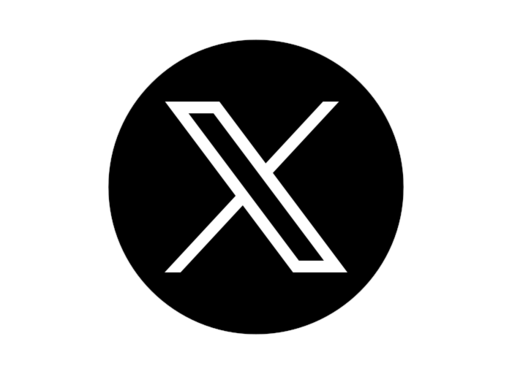Associations of objectively and subjectively measured physical activity with trabecular and cortical bone properties in prepubertal children
DOI:
https://doi.org/10.7196/SAJSM.507Keywords:
Children, DXA, pQCT, accelerometry, questionnaireAbstract
Objectives. To compare the relationship between peak bone strain scores (PBSSs) calculated from physical activity (PA) questionnaires and accelerometry measures of PA with trabecular and cortical bone properties in prepubertal children.
Methods. We compared PBSSs calculated from the bone-specific component of PA questionnaires with accelerometry and bone mass measures in 38 prepubertal children (mean 9.9 (standard deviation 1.3) years). Dual energy X-ray absorptiometry (DXA) and peripheral quantitative computed tomography (pQCT) were used to assess bone content and structure, and to estimate bone strength at the radial and tibial diaphysis and radial metaphysis.
Results. The PBSS was reliable and reproducible with significant (p<0.001) intraclass correlation coefficients. There were significant correlations between PBSS and moderate (r=0.38; p=0.02), vigorous (r=0.36; p=0.03) and combined moderate- to vigorous-intensity activity counts (r=0.38; p=0.02). PBSS was significantly correlated to body size-adjusted bone mineral content at all sites scanned by DXA (r=0.33 - 0.48; p<0.05). Positive correlations were observed between PBSS and area, density and strength at the radius and tibia (r=0.40 - 0.64; p<0.05). Only vigorous activity was correlated to cortical area at the radial diaphysis (r=0.37; p=0.03) and bone strength at the tibial diaphysis (r=0.32; p=0.05). Activity as assessed by the PBSS explained a greater amount of variance in bone variables as measured by DXA and pQCT than accelerometer-measured PA.
Conclusion. Accelerometer-measured moderate and vigorous habitual PA is associated with indices of cortical bone size and geometry in children, whereas light PA has no detectable association. Furthermore, the bone-specific questionnaire appears to be more strongly associated with bone outcomes than accelerometer-derived measures of PA.
Downloads
Downloads
Published
Issue
Section
License
Copyright (c) 2014 South African Journal of Sports Medicine

This work is licensed under a Creative Commons Attribution 4.0 International License.
The South African Journal of Sports Medicine reserves copyright of the material published. The work is licensed under a Creative Commons Attribution 4.0 (CC BY 4.0) International License. Material submitted for publication in the South African Journal of Sports Medicine is accepted provided it has not been published elsewhere. The South African Journal of Sports Medicine does not hold itself responsible for statements made by the authors.
How to Cite
- Abstract 582
- PDF 612
Metrics

- Citations
- Citation Indexes: 3
- Usage
- Full Text Views: 754
- Abstract Views: 270
- Captures
- Readers: 12





.png)